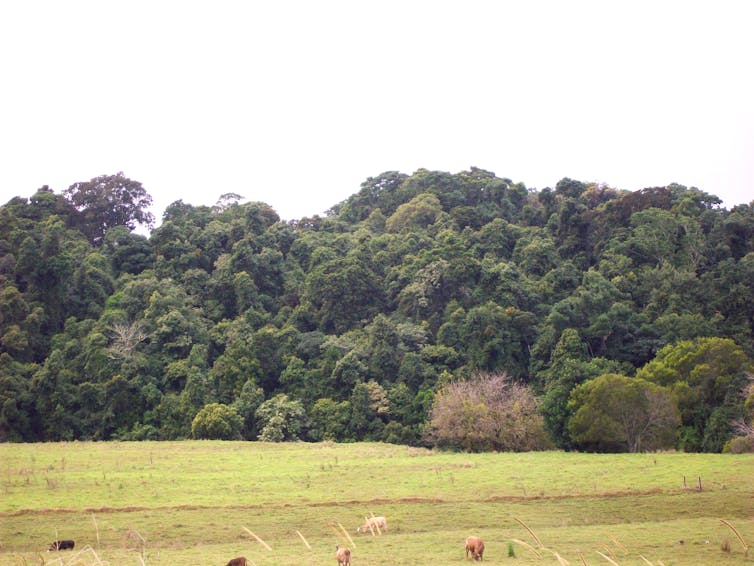A combination of ecological field methods and cutting-edge artificial intelligence has helped an interdisciplinary research group detect eelgrass wasting disease at nearly three dozen sites along a 1,700-mile stretch of the West Coast, from San Diego to southern Alaska.
The key finding: Seagrass wasting – caused by the organism Labyrinthula zosterae and detectable via lesions on the grass blades, confirmed with molecular diagnostics – is associated with warmer-than-normal water temperatures, particularly in early summer, regardless of the region. Eelgrass is a vital coastal species of seagrass for fish habitat, biodiversity, shoreline protection and carbon sequestration.
The Cornell research team – led by , the Ronald C. and Antonia V. Nielsen Professor of Computing and Information Science in the Cornell Ann S. Bowers College of Computing and Information Science, and , professor emeritus in the Department of Ecology and Evolutionary Biology (College of Agriculture and Life Sciences; College of Arts and Sciences) – in Limnology and Oceanography.
Sea creatures cling to blades of eelgrass at False Bay Biological Preserve, Washington.
Co-lead authors are Brendan Rappazzo, M.Eng. ’18, a doctoral student in computer science, and Lillian Aoki ’12, a former postdoctoral researcher in Harvell’s lab who’s now a research scientist at the University of Oregon. Ecology and evolutionary biology doctoral students Olivia Graham and Morgan Eisenlord also contributed.
Co-author J. Emmett Duffy of the Smithsonian Institution was lead investigator of a from the ³Ô¹ÏÍøÕ¾ Science Foundation (NSF), from which this research was born. The AI research and development was funded through an he initial collaboration between Harvell and the Smithsonian was developed as a initiative.
Gomes, also director of the , and Rappazzo led the development of the Eelgrass Lesion Image Segmentation Application (EeLISA, pronounced eel-EYE-zah), an AI system that, when properly trained, can quickly analyze thousands images of seagrass leaves and distinguished diseased from healthy tissue.







